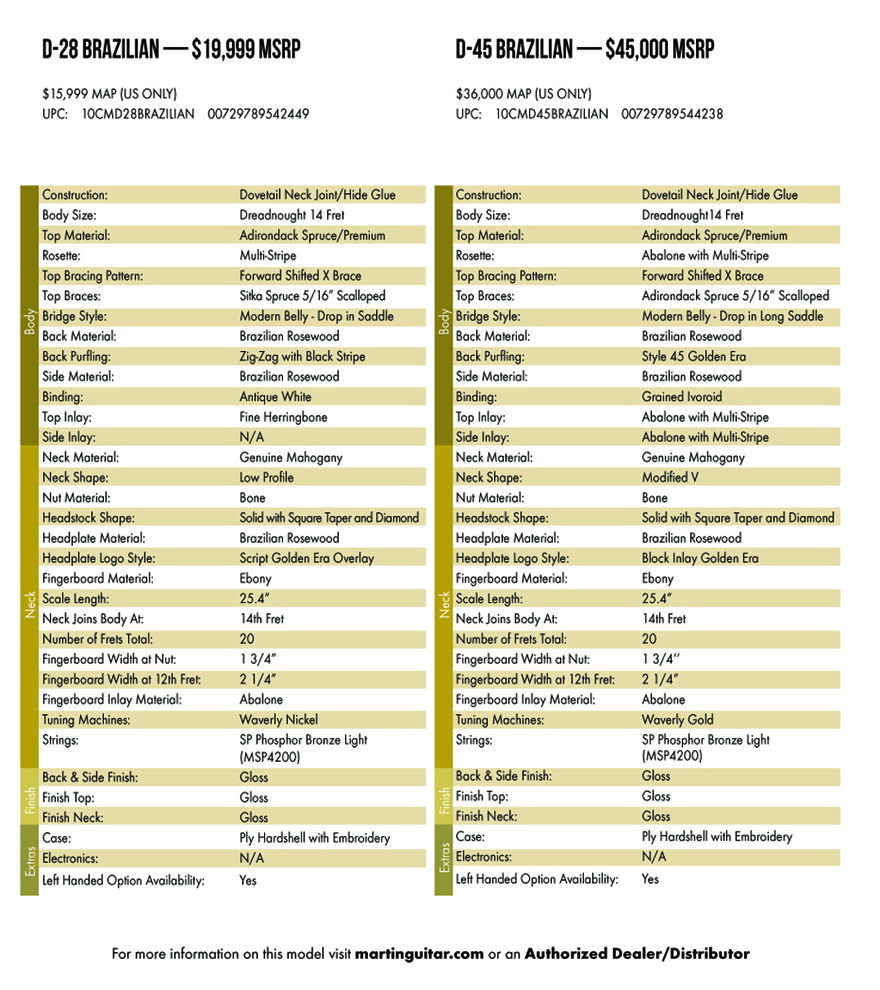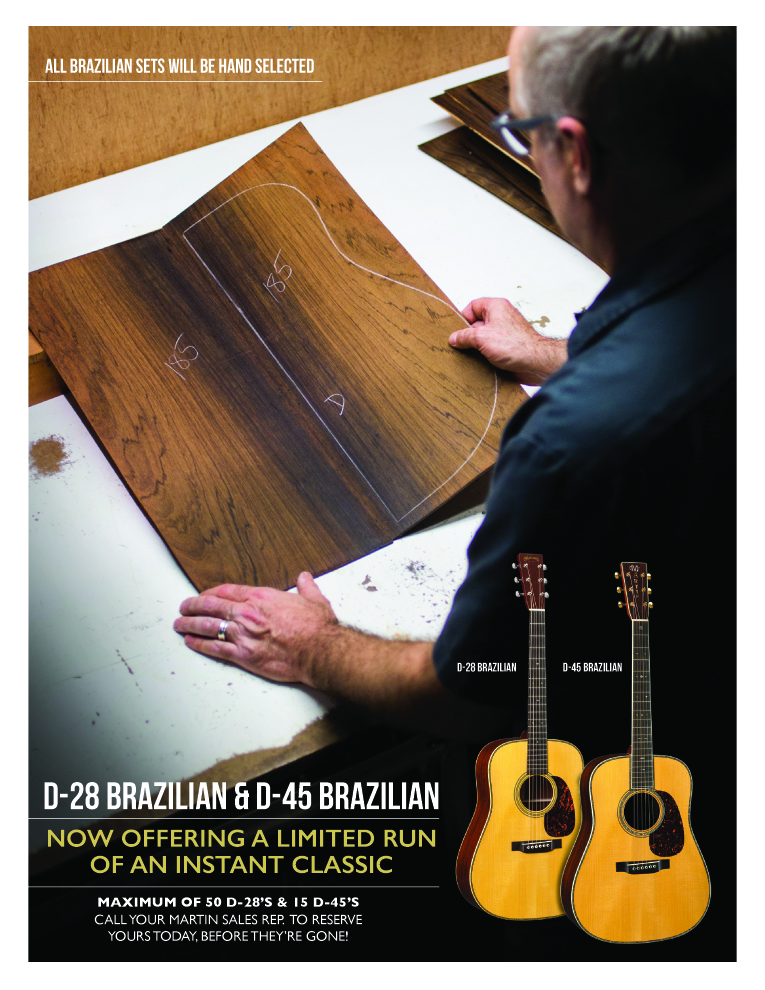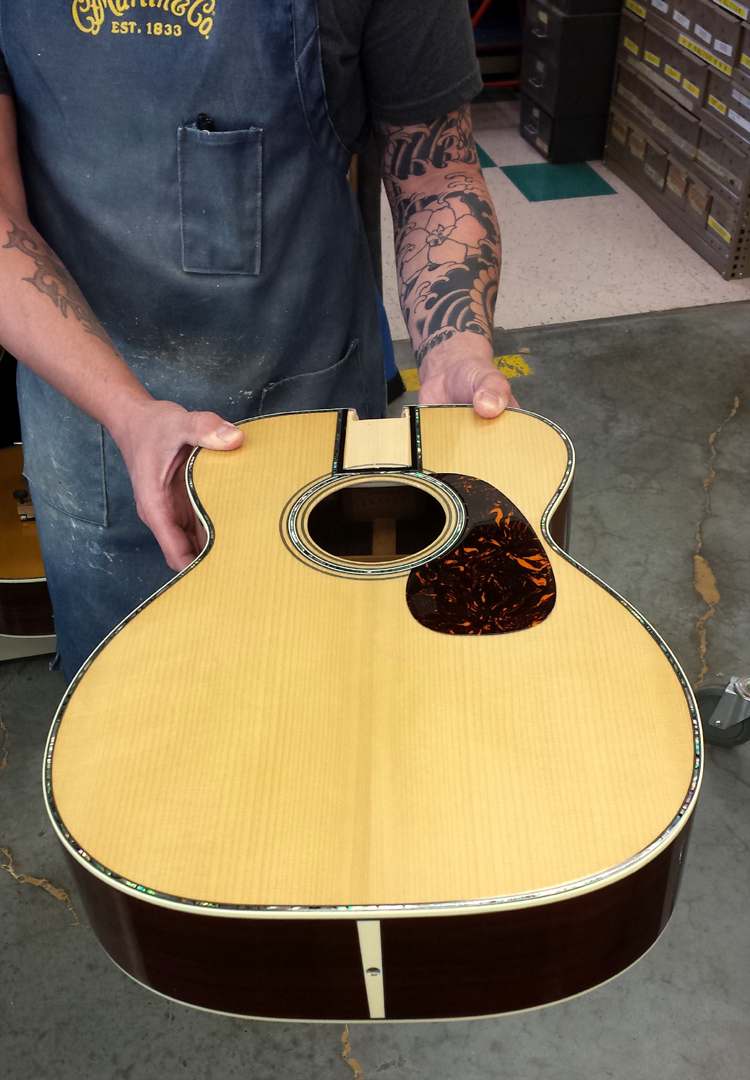The Schoenberg Quartet Stephen Bruton model combines the expanded tonal range of a large guitar with the response and dynamics of a small guitar, thanks to its 12-fret 0000 design.
“A mightily successful combination of traditional and contemporary design and construction, the Schoenberg Quartet wide-top, 12-fret cutaway guitar is light of weight but large in voice. With impressive projection and effortless volume, it has the woody, full-bodied lows of a cello, trebles that sustain like of a well-played violin and some of the most richly complex chords this side of a baby grand piano.”
Guitarist Eric Schoenberg designed the guitar based on the concept originally suggested by his friend, the late Austin session man and touring sideman, Stephen Bruton. The guitar is named the Stephen Bruton model in his honor. It is available exclusively through Schoenberg’s shop in Tiburon, California, north of San Francisco.
California luthier Randall Kramer was engaged to built the entire line of Quartets. This particular example is made with Brazilian rosewood back and sides and an Adirondack spruce top. It also includes several custom-ordered features. It is the result of pre-war guitar traditions, cutting edge luthiery technology, and the scientific method of Chladni plate resonant frequency tuning, which inspired Benjamin Franklin to invent the harmonium, and was used by nineteenth-century violin makers.
The Schoenberg Standard and Schoenberg Soloist now have a big brother for those seeking a bigger, fuller voice with all the comfort of a classic fingerstyle lap-piano.
“This guitar is so finely tuned in terms of dynamics and response that it is basically effortless to play, in any tuning. There is a gorgeous complexity to the harmonics, but an unperturbed clarity to the fundamentals, and an organic sensibility to the sustain and decay of each, which makes it a delight to play.”

Like this:
Like Loading...



